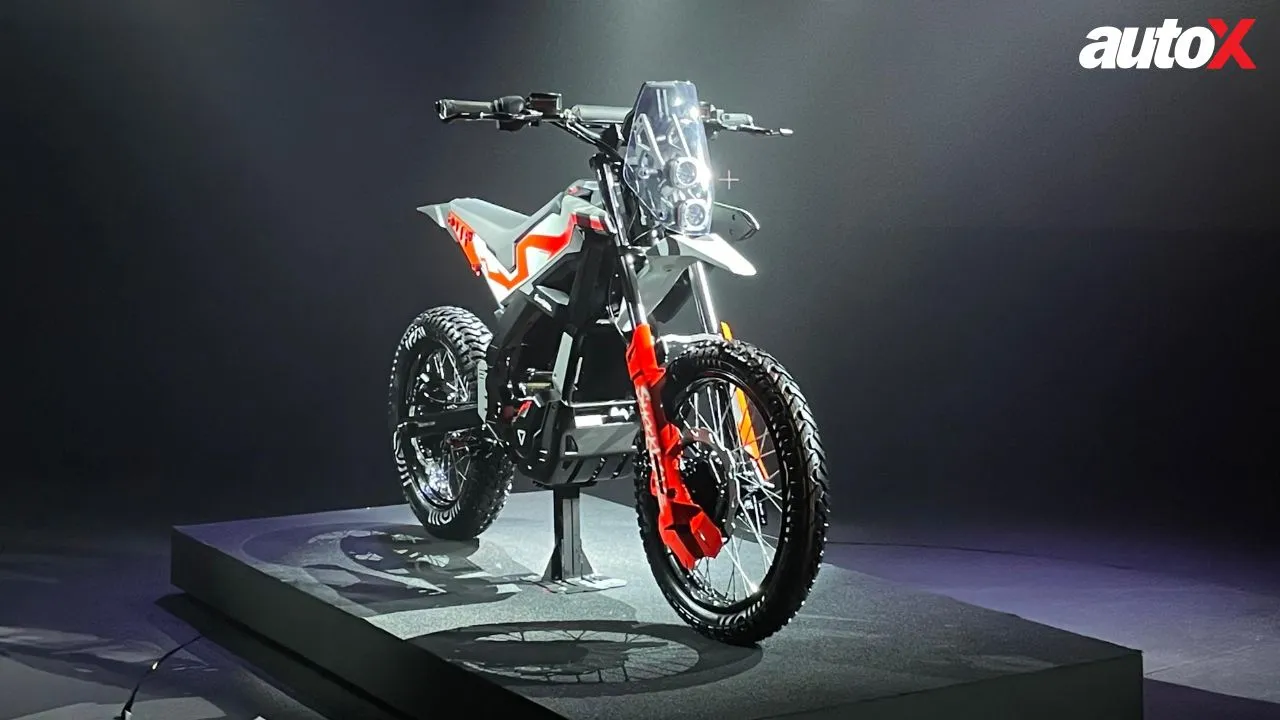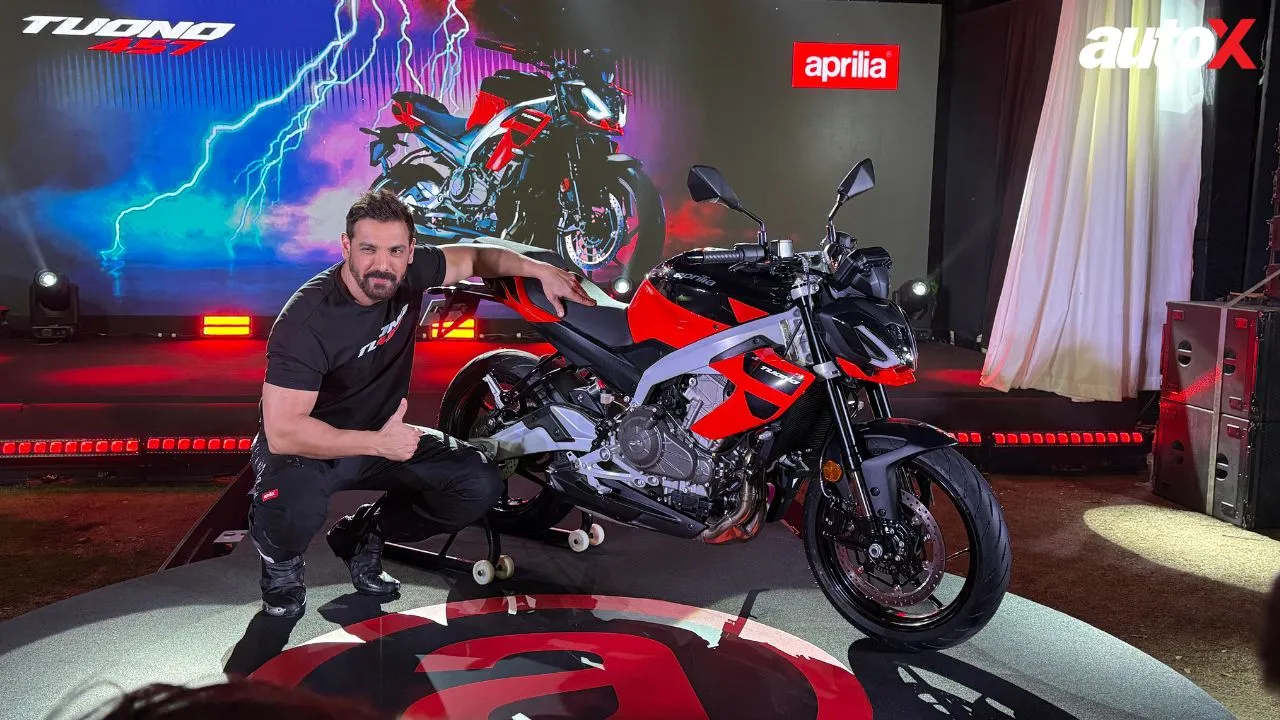2022 KTM RC 390 vs BMW G 310 RR: Track Test
So, you want to raid your nearest racetrack but don’t have the budget to stretch up to a middle-weight or litre-class motorcycle? In that case, you might want to consider the KTM RC 390 and BMW G 310 RR. But the question is – which of the two is better suited for the racetrack?

Let’s cut to the chase – KTM RC 390 or BMW G 310 RR? Which one is better on the track?
So, you want to raid your nearest racetrack but don’t have the budget to stretch up to a middle-weight or litre-class motorcycle? In that case, you might want to consider the KTM RC 390 and BMW G 310 RR, given their performance, top-shelf cycle parts and mini sports bike looks. But the question is – which of the two is better suited for a racetrack?
To find the answer, we decided to slide into our leather suits and took this duo to the Buddh International Circuit for some hot laps. So, here’s what we found…
Power of Good
It’s a no-brainer – when it comes to engine performance, the KTM has the BMW well and truly licked. The RR is nearly 10 horses and 10Nm down on the KTM, and the fact that it’s also heavier by 2kgs doesn’t help its case. On the track, the RC simply demolishes the RR on the straights and corner exits. I remember getting in a friendly race with Karan for a lap or two, and I could see him go farther and farther away on the KTM after every corner. We switched motorcycles after a couple of laps, and it was the same story still – the RC would just leave the RR eating its dust. That said, with an able rider, the BMW can, at least, keep the KTM in its sight if not keep up with it.
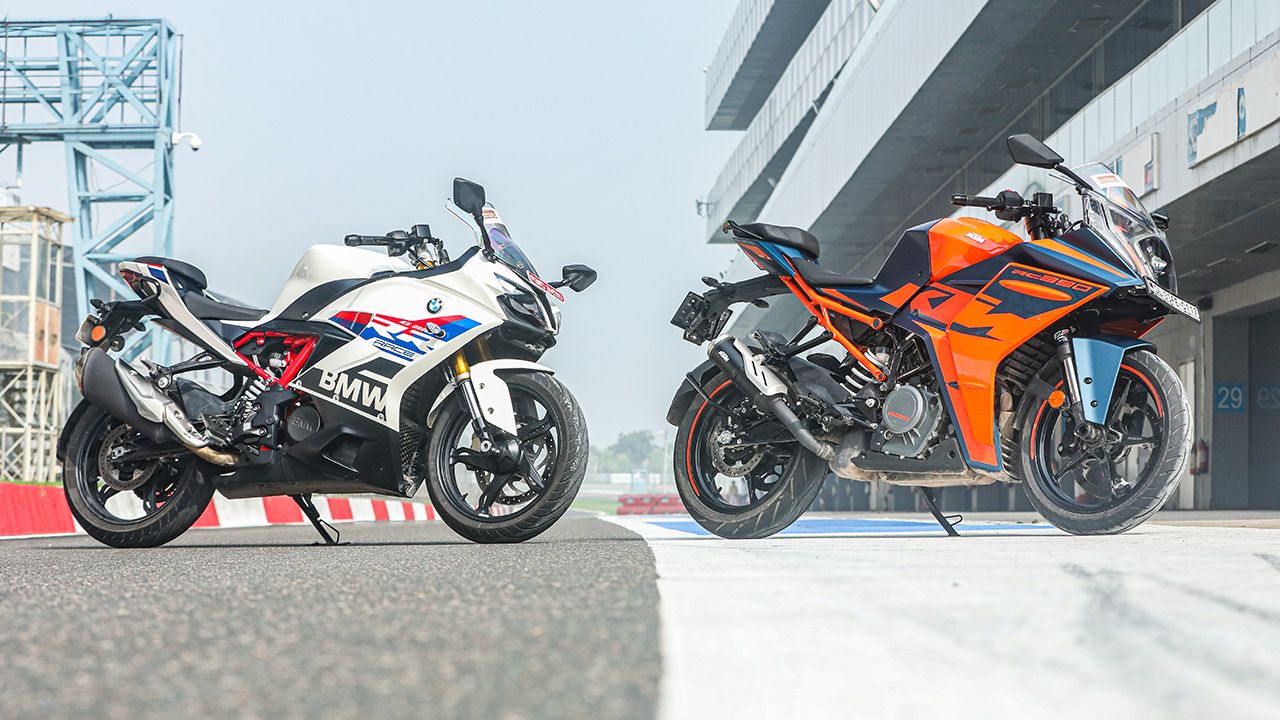
The difference in performance is also down to the engine character of both bikes. Unlike its BS4 predecessor, the KTM’s performance isn’t spikey anymore. Instead, it has a strong and linear surge of power, which is available throughout the rev range. The throttle response is crisp, which helps you extract every ounce of performance from its 373cc motor.
The RR’s smaller 312cc motor, on the other hand, can’t hold a candle to the KTM’s might. Make no mistake, in isolation, it’s got great performance for all occasions. However, at a power circuit like the BIC and in the company of a more potent adversary, the RC 390, it does fall short. Like the KTM’s engine, the RR’s unit has a strong bottom end, although it doesn’t have the punchy mid-range of the Austrian. Between 4,000 and 6000rpm, there’s a bit of a flat spot too. That said, the Beamer does get a second wind of sorts in the final quarter of the rev range, as the top-end is quite strong. However, there’s no denying that the BMW runs out of puff quite early on.
The other problem with the BMW is its closely-stacked gear ratios. On the fast and flowing corners of the BIC, you end up hitting the redline more often than not. If you decide to upshift at this point, the revs drop right into the middle of the engine’s flat spot, and that’s not good. The KTM’s gear ratios, in comparison, feel perfect for the racetrack. Plus, it’s got a bi-directional quick-shifter, which is an added bonus. Both motorcycles have engine vibrations, although they are more pronounced on the BMW.
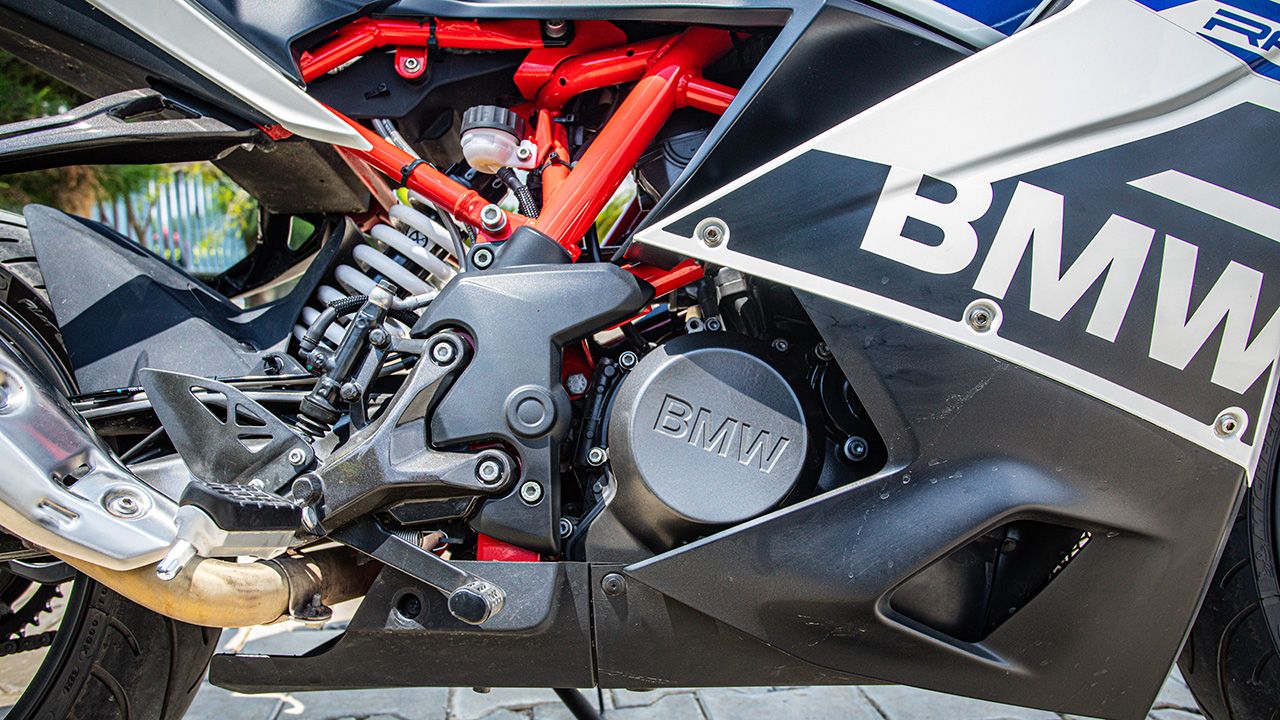
On the whole, the KTM’s powertrain is definitely superior to that of the BMW – it goes on to show that there’s no replacement for displacement. That said, the BMW’s engine has ample grunt for everyday riding. And, we also reckon that on a tighter track, like the Kari or MMRT, the RR can run the RC close.
Role Reversal
Ever since its launch in India, the RC 390 has made its name as the ultimate track tool among beginners and intermediate-level riders. Earlier, it was raw. It was racy. It was unforgiving in its quest for speed. However, in the latest iteration, KTM has toned down its aggression a bit to make it less hardcore and easy to live with on a daily basis.
That said, the chassis, suspension, brakes, and wheels – every single component – have been reworked, making it 3.5kgs lighter than its predecessor.
In comparison, the G 310 RR may be an all-new motorcycle for BMW, but everyone and their grandma know that it’s identical to the TVS Apache RR 310. Except, it’s missing some features. You see, unlike the TVS, the BMW doesn’t get the optional fully-adjustable suspension, and nor does it get Michelin Road 5 tyres, which are far superior to the Pilot Street rubber it’s shod with.
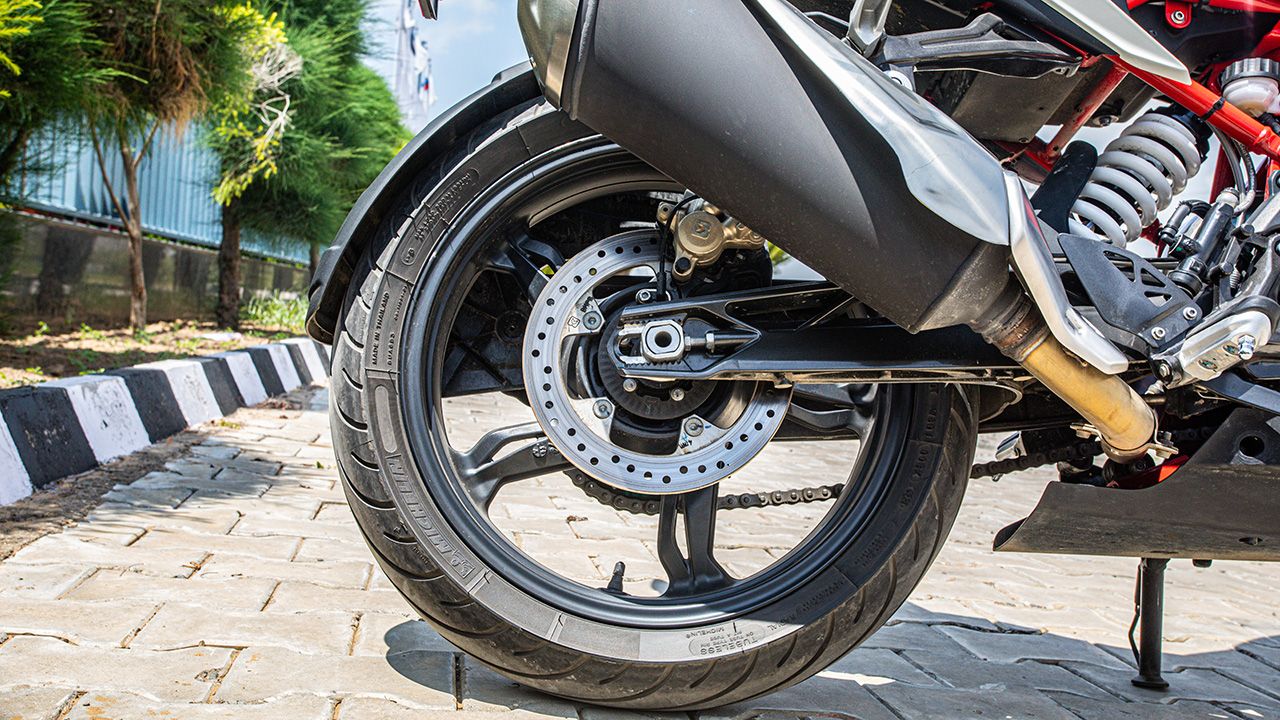
Again, the odds were stacked against the BMW. But, surprisingly, the RR held its own at the racetrack, and how! Without beating around the bush, let me quickly kill the suspense and tell you something that you might not be expecting to hear – the RR 310 is a better handler than the new RC 390. That’s right, I just said it. It was a bit of a shocker to me as well, but it is what it is.
When you ride both these motorcycles back-to-back on the track, the difference between the two is huge. First, the KTM. The RC 390 is a sharp handler, no doubt. It flows through corners and remains super stable. As discussed earlier, the firepower of its engine helps it shoot out of corners with the kind of urgency that the RR can only dream of. Then, there’s the way it sheds speed. The bite, progression, and stopping force from the front brake – well, it’s simply unmatched. You can brake as late as you dare to, and you’ll still make the apex without any trouble. Everything about it feels perfect…until you switch to the G 310 RR.
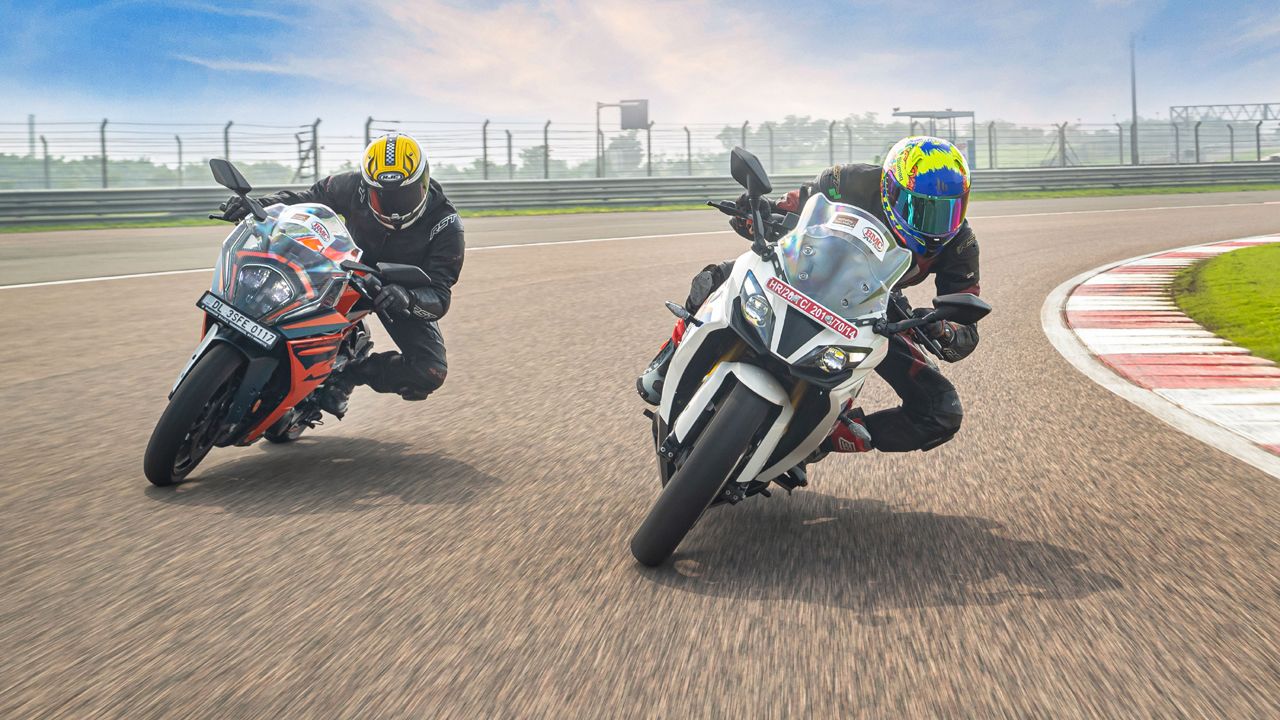
Though an underdog, the RR can give the RC a run for its money around corners. Compared to the KTM, the BMW’s base setup – chassis, suspension, and tyres – is better suited for the racetrack. Its turn-in is much sharper, and the front-end feel is better when the bike is leaned to extreme angles. However, it’s the side-to-side transitions and mid-corner stability where the BMW feels more capable than the KTM. For example, the switchover between turns 8 and 9 at the BIC requires superfast reflexes, both from the rider and the motorcycle. On the KTM, the front fork takes some time before it settles down, and only then you can tip the motorcycle into the corner. Take the same section on the BMW and watch the RR 310 turn on a sixpence! You can immediately tell that the suspension is tauter and better damped than that of the KTM. We aren’t saying the KTM is a lousy handler, but its suspension’s extra 10mm of travel and a slightly road-biased setup have compromised the razor-sharp handling of the previous iterations. Its stock tyres, which are H-rated Metzelers instead of the sticky W-rated rubber from earlier, don’t help its case either. The feedback and grip levels aren’t up to the mark.
The BMW’s tyres don’t offer leech-like grip either, but on this occasion, they were the better tyres of the two. The RR’s riding posture is a bit relaxed compared to the RC, meaning you run out of clearance when you’re leaning hard. The BMW’s brakes offer a strong bite, but they don’t have the delicate progression and feel of the KTM’s brake lever. Also, it doesn’t get cornering ABS like the KTM.
Verdict
Let’s start with the lap times. The KTM was obviously faster over a lap (short-loop of the BIC), with a time of 1:12 as compared to the BMW’s 1:14. However, according to Simran – our resident superbike racer and lap-time setter – the RC 390 made most of its time under braking and in acceleration. The G 310 RR lacked the outright power of the KTM, but it made up for the lost ground with its superior corner speeds and more agile handling. The BMW may handle better, but the KTM’s power is too addictive to ignore.
So, now, it’s time to go back to the original question – which one is the better track bike of the two?
Well, they both are great fun in different ways. Irrespective of what you choose, you can’t make a wrong choice here. However, it’s also worth mentioning that both of these bikes are incomplete in their own ways. First and foremost, they’re both quite pricey, which means you don’t expect any compromise at that price point. But, then, that’s not the case.
In the case of the RC 390, it could have been as lethal as its predecessor if KTM had offered adjustable suspension and better tyres. The sad part is that KTM already does this for RC 390 sold in global markets but has conveniently removed these two features from the India-spec version in order to keep its price in check. While it makes sense, it won’t hurt to give these as optional extras, would it?
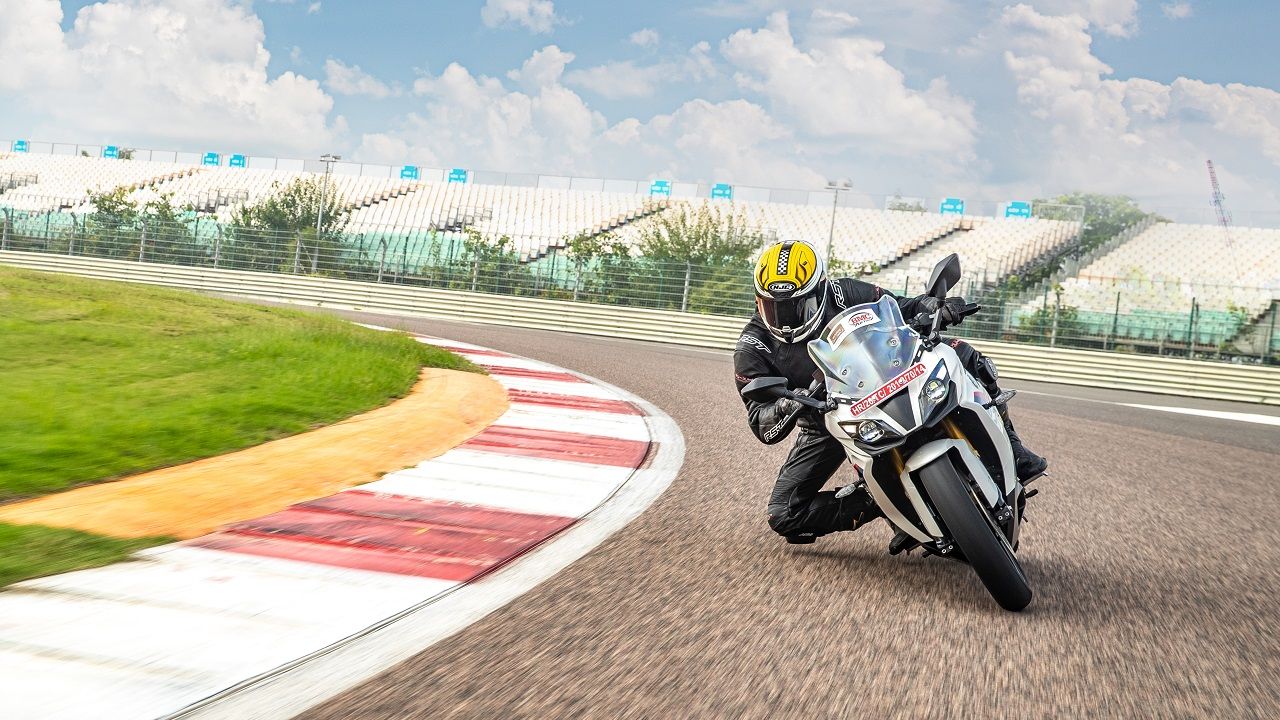
Similarly, if you buy the G 310 RR, you end up sacrificing the adjustable suspension – which is a great tool if you’re a track newbie and want to learn the art of setting-up suspension on a race / track bike – and better rubber as compared to the TVS Apache RR 310. Again, it would have been better if BMW added these options at an extra price.
So, if you consider everything carefully, you’ll realise that the best track day motorcycle in this segment is – drumroll – the Apache RR 310 BTO. As to why, well, because it’s the most affordable and the most complete track motorcycle of this trio. The only downside is that TVS didn’t have a test unit for this comparison. A pity, indeed.
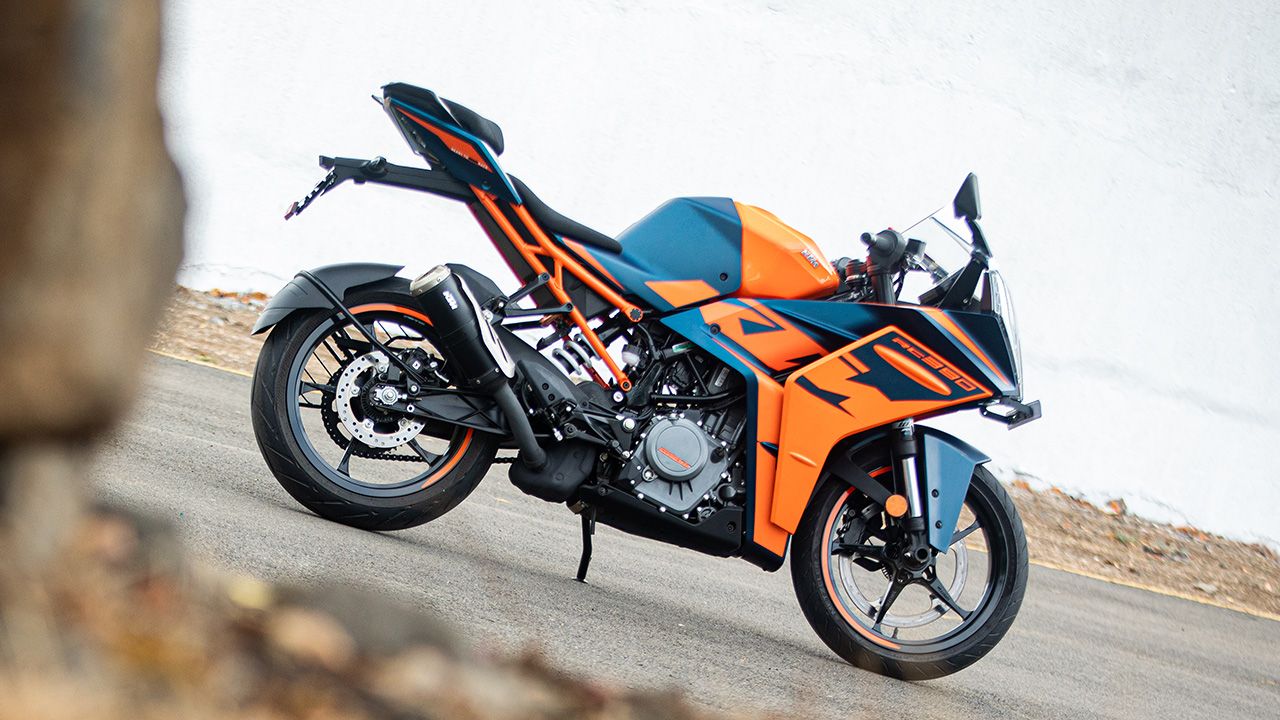

Read more:
2022 KTM RC 390 Review: First Ride
BMW G 310 RR Review: First Ride
Triumph Speed Triple 1200 RS vs Ducati Streetfighter V4 S: Comparison
|
BMW G 310 RR |
2022 KTM RC 390 | |
|---|---|---|
| Engine | 312cc / Single-Cylinder / Liquid-Cooled | 373cc / Single-Cylinder / Liquid-Cooled |
| Transmission | 6-Speed | 6-Speed / Bi-directional Quickshifter |
| Power | 33.5bhp @ 9,700rpm | 43bhp @ 9,000rpm |
| Torque | 27.3Nm @ 7,600rpm | 37Nm @ 7,000rpm |
| Price | ₹2.99 Lakh (Ex-showroom) | ₹3.16 Lakh (Ex-showroom) |

-(1).webp)
-(1).webp)
.webp)
